Chronic wounds such as diabetic foot and pressure injuries are placing a heavy burden on global healthcare systems. An innovative technology that combines materials science and artificial intelligence (AI) is revolutionizing the treatment of these conditions. A major review published by researchers from China Medical University and Northeastern University highlights a novel AI-driven conductive hydrogel dressing that, like "smart skin," monitors wounds in real time and proactively promotes healing, opening a new paradigm for personalized wound care.
Say goodbye to blindly changing medicines and achieve integration of "perception and treatment"
Traditional wound care relies on visual observation and frequent dressing changes, which is not only inefficient but also makes it difficult to detect internal infections or delayed healing. The key to this new technology lies in combining the sensing capabilities of conductive hydrogels with the analytical and decision-making capabilities of AI to create a closed-loop intelligent management system.
Real-time vital signs monitoring : The sensitive components built into this dressing can continuously and non-invasively capture key physiological parameters of the wound, such as temperature, pH value, glucose level, pressure and even pain signals, to fully reflect changes in the wound microenvironment.
AI algorithm provides precise early warning : The collected data is analyzed through machine learning models such as convolutional neural networks (CNN) and K-nearest neighbor algorithms (KNN). It can predict the healing process with an accuracy of up to 96%, identify signs of infection in the early stages, and provide data support for adjusting treatment plans.
Active intervention to promote healing : In addition to monitoring, the dressing itself can actively create an environment conducive to healing through electrical stimulation, sustained release of antimicrobial drugs or growth factors, achieving "monitoring and treatment in one"
From the bench to the clinic: overcoming real challenges is key
The review details the progress made in improving the biocompatibility and sensor sensitivity of dressings using advanced conductive materials such as carbon nanotubes, graphene, and MXene. The research also highlights current challenges, such as the long-term stability of materials in complex wound environments, the ability of monitoring signals to resist interference, and the universal applicability of AI models across diverse populations.
In the future, the research team will focus on integrating multi-dimensional signals, optimizing algorithm models, and promoting large-scale clinical trials. The goal is to truly apply this smart dressing to home care and telemedicine scenarios, benefiting millions of chronic wound patients.
This research marks the transition of wound care from passive, empirical treatment to proactive, data-driven precision medicine. When smart materials meet artificial intelligence, the path to healing chronic wounds will become clearer and more controllable.

 English
English عربى
عربى Español
Español русский
русский 中文简体
中文简体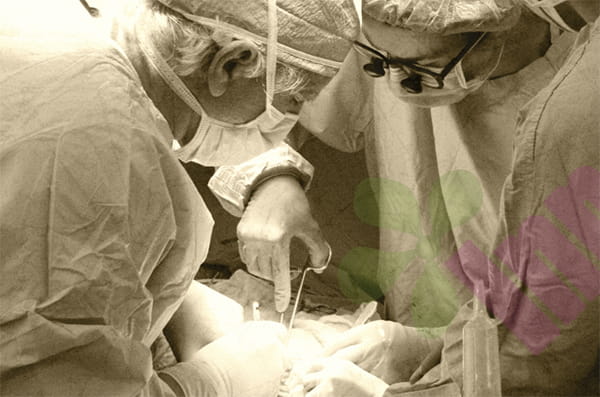

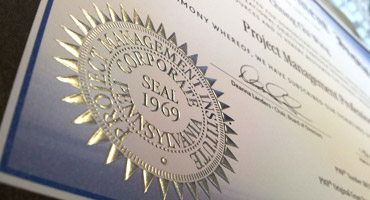




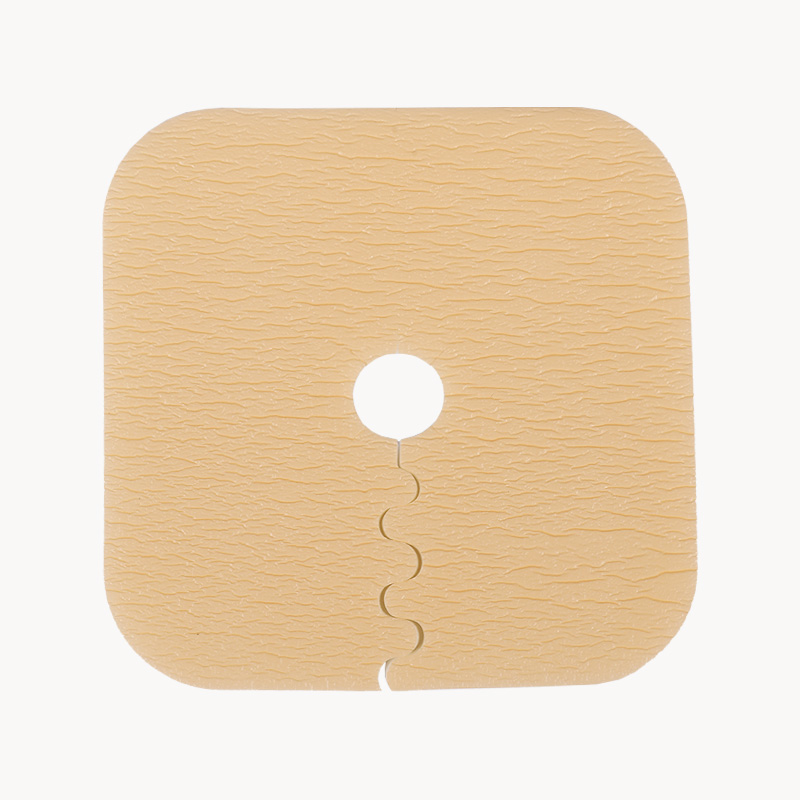
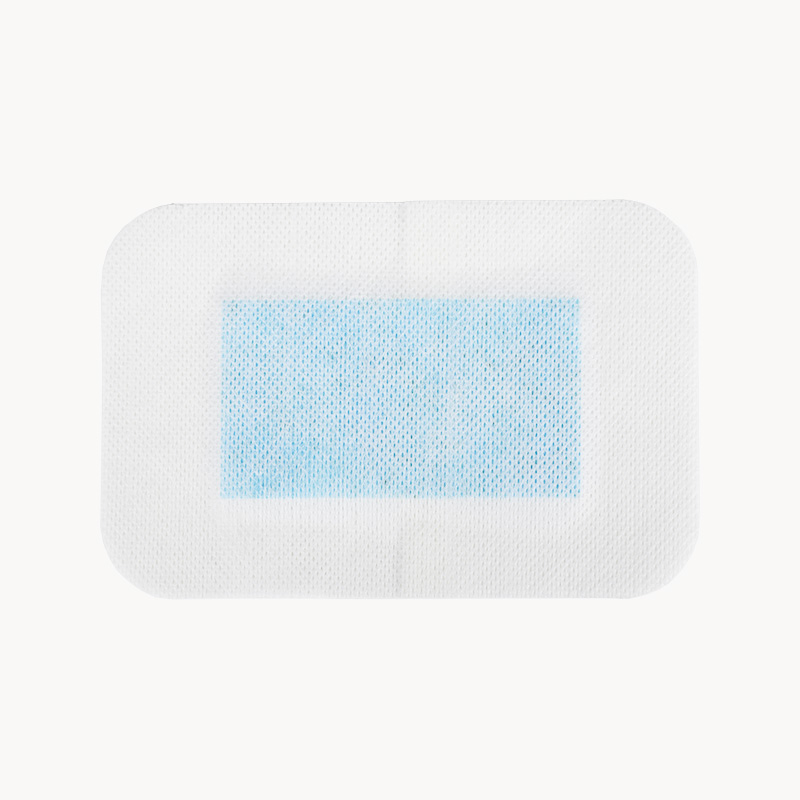
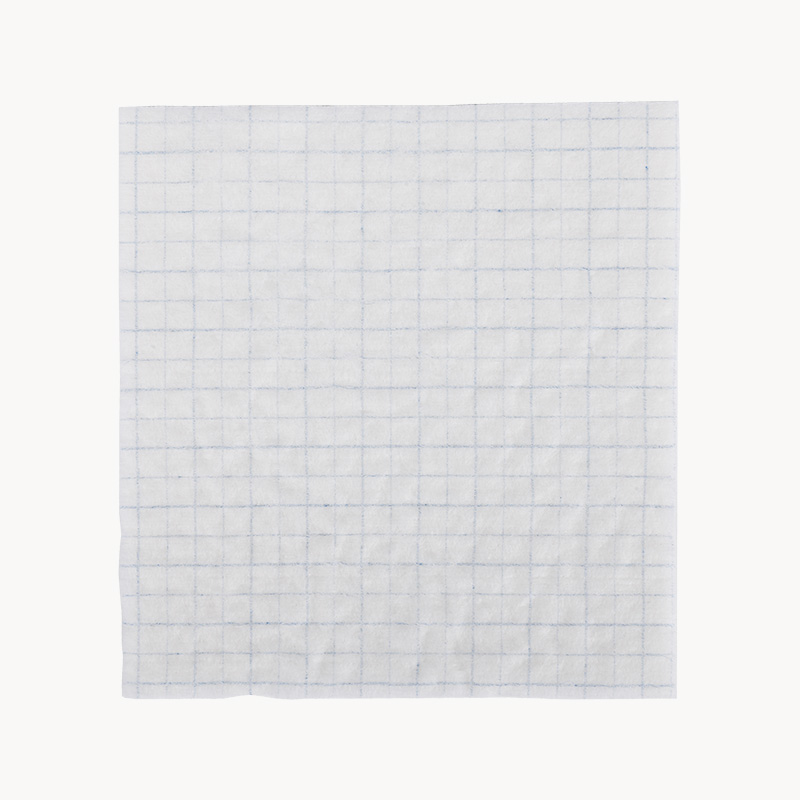
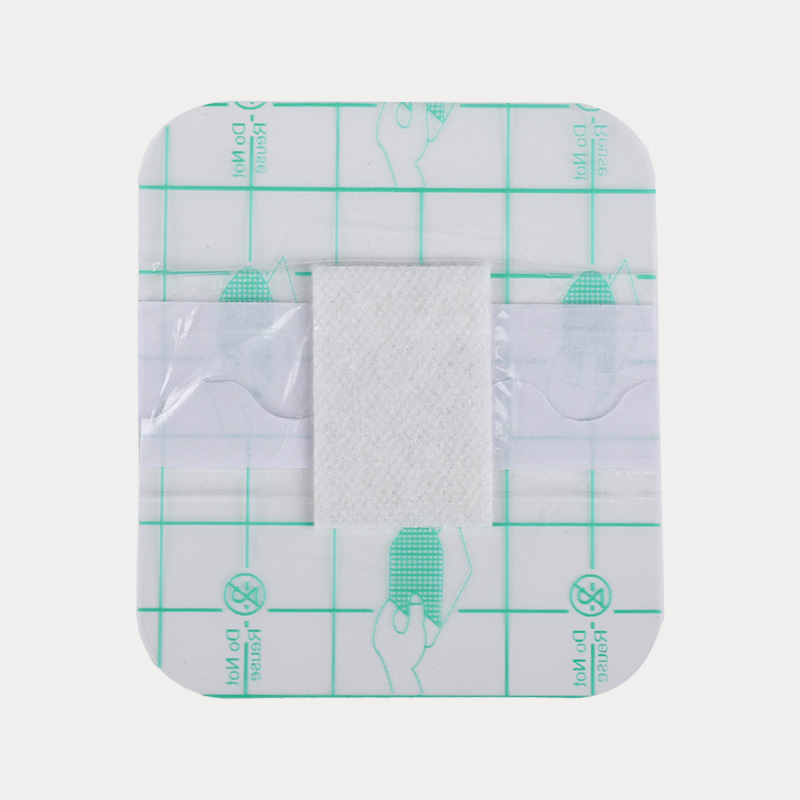
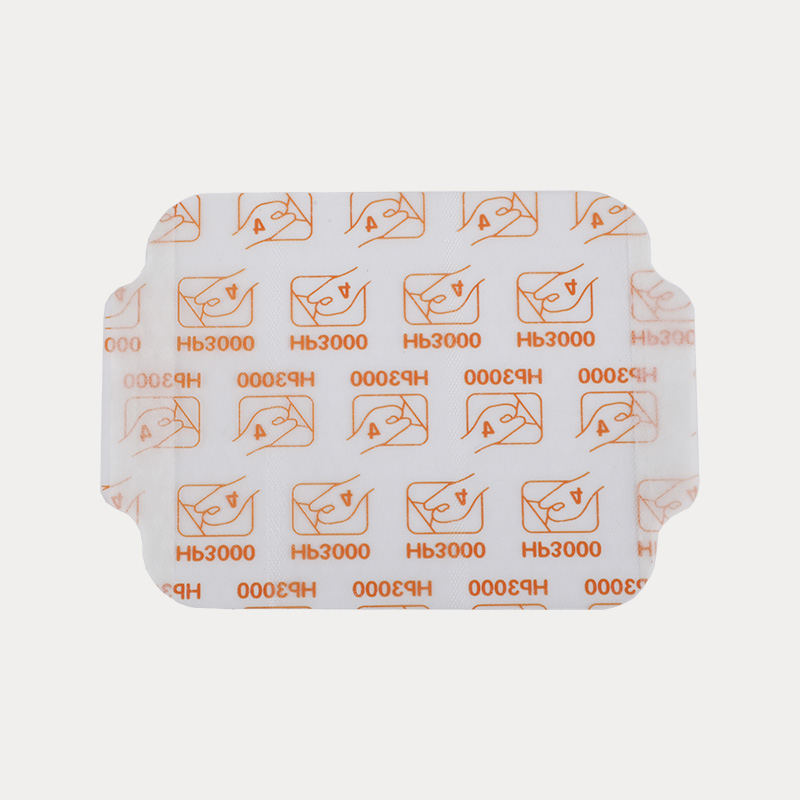
.jpg.png)
.jpg.png)
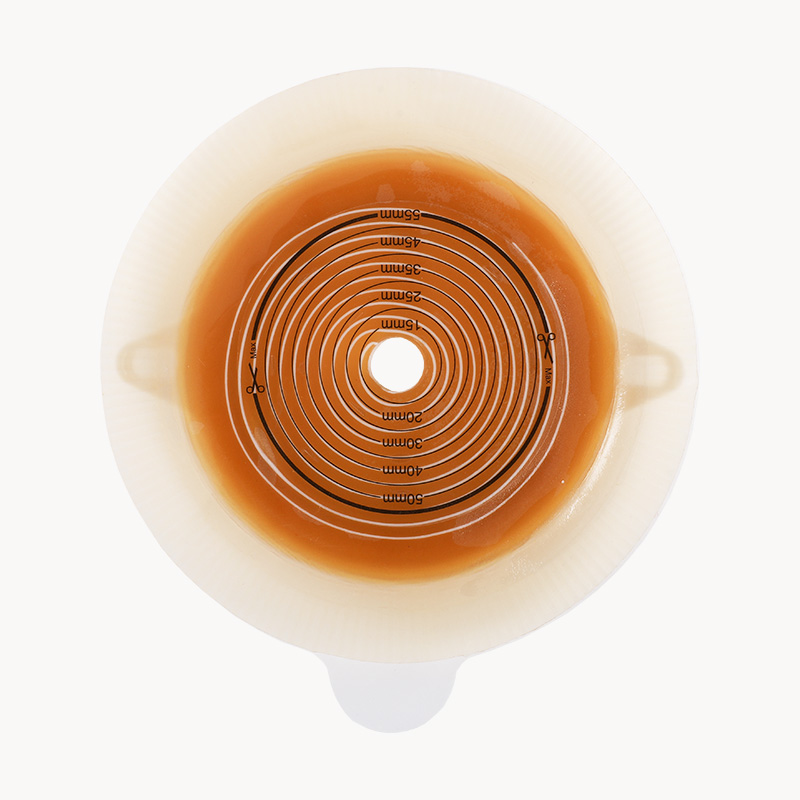
.jpg.png)
.jpg.png)


